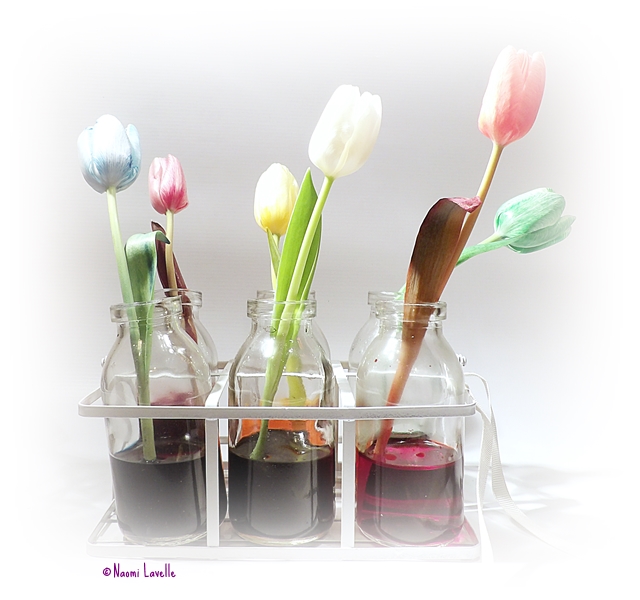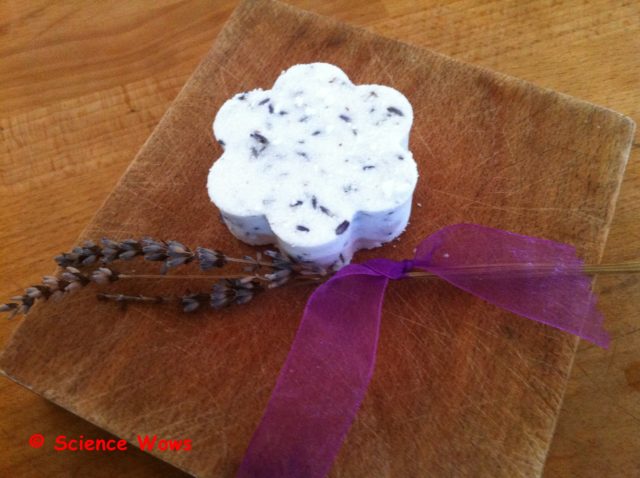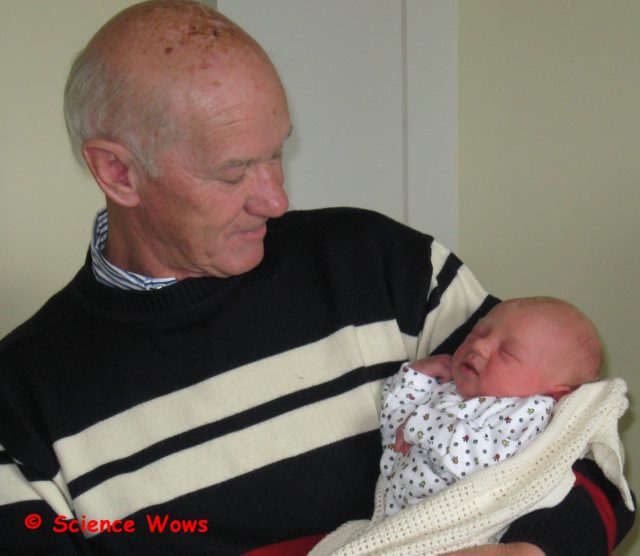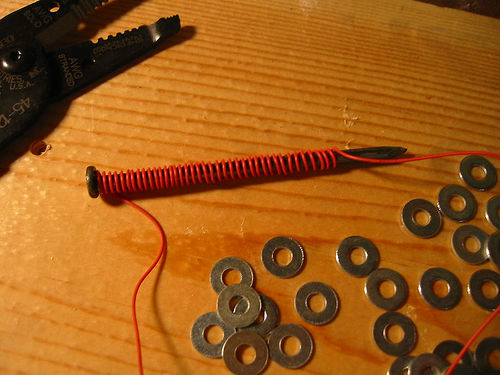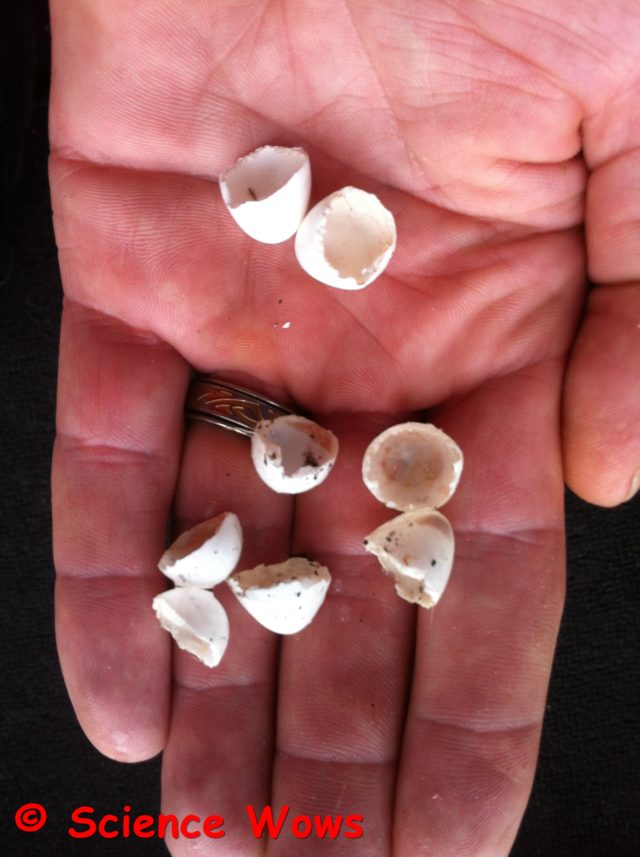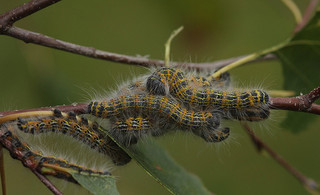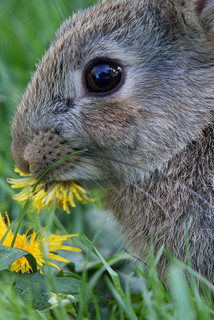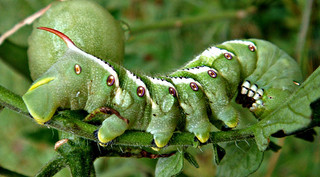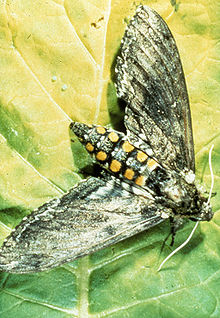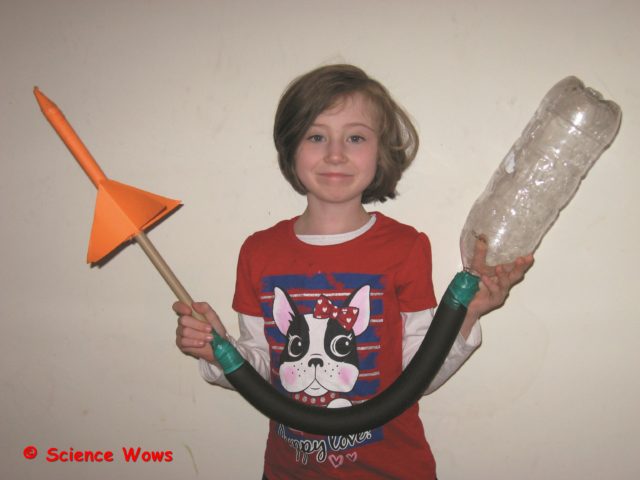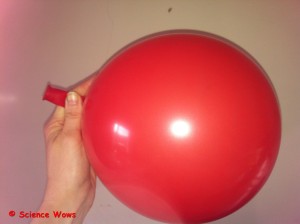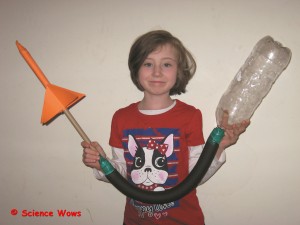I spent a lovely evening down at my local school yesterday. As part of a community initiative we had a series of workshops given by local parents – it was my turn last night.
I decided to do my workshop on lavender, my most favourite plant and the pride and joy of my garden (and by garden I am referring to the overgrown wilderness that currently exists around my house).

Why do I like lavender so much? Apart from the beautiful colour, delicate flower and amazing aroma I like it because there are so many things you can DO with it!I admit I only tend to be drawn to plants that have a function or use to me! That is probably why I like my herbs so much (they appeal to the green witch within).
Lavender fulfills the criteria for functional plant in more ways that I can count! Culinary, cosmetic, medicinal and ornamental… it has it all. I thought I would share some of the recipes and uses I have come across for lavender and look into a little bit of the science behind the plant.
A look at the plant
Lavender (Lavandula) is a genus comprising almost 40 different species of plant. It belongs to the mint family, Lamiaceae. The name Lavender comes from the Latin word lavare meaning to wash, a reference to the fondness of the Romans for use of the herb in their baths. The plant appears often in historical reference, being used in ancient Egypt as part of the embalming process.
The lavender plant is a shrub like plant that is native to the Mediterranean and many parts of Africa and Asia. The size of the plant varies between species but is typically between 30 to 90 cm. The common colour of the flowers are the classic “lavender” colour but the range can vary from white to pink to blues to purples. The plant is grown commercially to harvest it’s flowers. It is the small hairs or spikes on the plant, located between the petals and the stem that produce the oil that give the lavender its lovely scent. This oil is distilled to produce lavender essential oil.
Lavender essential oil is used in perfumes, cosmetics, clinical applications and aromatherapy. Different plants are favoured for different scents or different active components. The most common essential oil is extracted from Common or English lavender (Lavandula angustifolia) but other species such as lavender stoechas (Lavandula stoechas), spike lavender (Lavandula latifolia) and lavandin (Lavandula x intermedia)are also used.
Although each different lavender essential oil shares a common chemical composition they differ in the dominant chemicals found in each and thereby differ in their clinical applications.
Clinical applications of Lavender

Lavender has been used for years as a calming agent and a means to reduce stress and anxiety and enhance restfull sleep. As well as using essential oils for these remedies, the dried flowers, tincture and teas may also be used.
Lavender aromatherapy treatment has also been shown to result in a measurable decrease in stress levels, and is associated with a decrease in anxiety and stress related headaches.
Antibacterial, antifungal and anti inflammatory
Lavender oils have also shown a significant effect on decreasing the growth of a number of fungi associated with common skin and nail infections. It has also possible applications in the treatment of sinusitis. The antifungal and antibacterial properties of lavender have made it useful in the treatment of skin conditions such as eczema and acne.
Studies confirming the anti inflammatory nature of lavender reinforce its associate with healing allergies, rhinitis, rheumatoid arthritis, asthma, burns and general swellings.
Side effects or areas of caution
Cosmetic applications of Lavender
How to harvest and dry Lavender
Make your own Lavender bath bombs
-

Lavender bath bomb 1 – 2 teaspoons dried lavender flowers
- 1 tablespoon citric acid
- 3 tablespoons bicarbonate of soda (bread soda)
- 5 drops lavender essential oil
- 2 teaspoons sunflower oil (or other vegetable oil)
Combine all the ingredients together in a dry bowl. Add more or less sunflower oil as required, you want to get a consistency of damp sand. Rub the inside of a cookie cutter with some sunflower oil and place it on some grease proof paper. Pack the bath bomb mixture into the cookie cutter, pressing down firmly to ensure it is tightly packed. Leave in a dry place overnight to allow the sunflower oil to evaporate off and the bath bomb to dry hard. Gentle push the dried bath bomb out of the cookie cutter, wrap in cling film or tinfoil
and store in a dry place.
When you are ready to use your bath bomb just pop it into your bath and watch it fizz away releasing the little lavender flowers and the lovely scent of lavender. The fizzing is due to the reaction between the citric acid (acid) and the bread soda (base/alkaline) once water is added, producing bubbles of carbon dioxide gas.
Make your own Lavender oil
To make your own lavender oil fill a clean, dry, seal able container with dried lavender flowers and then cover with sunflower oil (or another vegetable oil). Seal the container and place in a dry place for at least two weeks, shaking once or twice a day. The length of tine you leave it determines the strength of the smell of lavender in the resulting oil.After two weeks strain the oil through muslin or a fine sieve into a clean dry container or bottle and seal. This oil can be applied directly to the skin or added to bath water.
Some Culinary uses of Lavender
Apart from the medicinal, cosmetic and ornamental applications of lavender, it is also great as a flavour in our foods. The flowers are often added to sugar to give it that delicate lavender taste. The preference in our house when it comes to combining lavender and sugar is to make lavender syrup….
Lavender syrup
- 250 ml water
- 3 tablespoons of dried lavender flowers (or fresh flowers)
- 350 to 400 g sugar
Place the lavender and water into a saucepan and place on a medium, heat to a simmer and leave for five minutes. Add the sugar and stir continuously until all the sugar has dissolved. Remove from the heat and allow to cool then transfer to a suitable container, cover and refrigerate for two to three days.
Strain through a fine sieve or muslin into a sterilized container, seal and store in the fridge for up to three weeks.
It never lasts more than a few days in our house though as the kids just love it poured over a warm fresh batch of drop scones.

On the subject of refreshments I thought I would share two recipes… one for the children and one for the adults.Lavender syrup can be used much like honey or maple syrup, as well as on pancakes it is great over ice cream or used to sweeten drinks and cocktails.
Children first, while hit by complete lavender fever we decided the ideal drink for the kids would be an adaptation of my mother in laws wonderful lemonade recipe…
Lavender Lemonade
- 1 pint of water
- 8 oz of sugar ( approx. 200g )
- zest from three lemons
- 3 tablespoons of dried lavender flowers
Add water, lemon zest and lavender to small pot and place over medium heat; allow to simmer for five minutes then add the sugar and still until dissolved.
Remove from the heat and add …
- the juice of three lemons
Allow the mixture to cool to room temperature and then strain through a sieve. Serve chilled and dilute to taste (about one part lemonade to two parts water).

Lavender cocktail
- 2 parts gin
- 1 part lavender syrup
- 1 part fresh lemon juice
- Prosecco (or sparkling tonic if preferred)
Garnish with a sprig of lavender.
I am really looking forward to experimenting with this recipe again this weekend, I have a group of close friends coming over tomorrow night and I think this will make an impressive aperitif!
Lavender Tea
For those looking for a non-alcoholic lavender drink I can highly recommend lavender tea. I usually use one teaspoon of dried lavender to one cup of boiled water and allow to sit for five minutes. I can vouch for its effect for inducing a really good nights sleep.
There is a great blog about Lavender Tea and how to grow lavender from seeds over at Greenside Up. They also sell a beautiful “Time for Tea” seed collection;
I have never grown lavender from seed before but I think that will change now – I am keen to try out all the seeds in the collection. It is on my “Lavender List” for this year. I also want to make lavender soap and some other lavender cosmetics, as well as try my hand at making lavender wands and lavender icecream but I think that will be a blog for another day!
Cautionary Note:
I do not use any chemicals on, or near my Lavender; the suggested uses and recipes given within this blog are recommended for chemical-free lavender, it is a good idea to either use your own home grown lavender that you know if “free-from” or buy from an organic and/or reputable source.
I was going to include the attractiveness of lavender to certain insects, particularly bees. I think that would make a whole blog within itself so I have left that for another day. However, as pointed out to me by @unusual_plants, we need to be very aware of any products we use with our home grown lavender, in the interest of our little buzzing buddies. This includes checking the content of the compost you may choose to plant your lavender in as they may still contain such bee threatening compounds as neonicotinoids!
If you enjoyed this blog, tried some of the suggestions or have any questions please leave me a message in the comments below!


